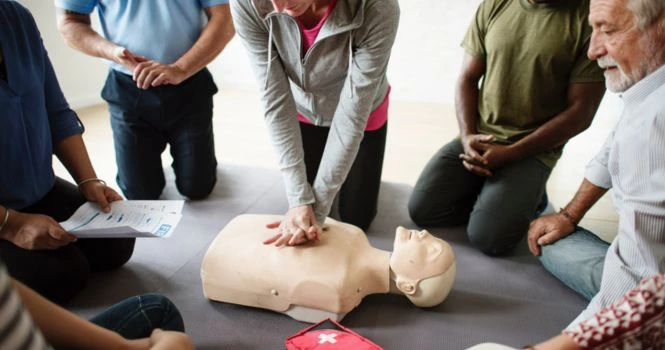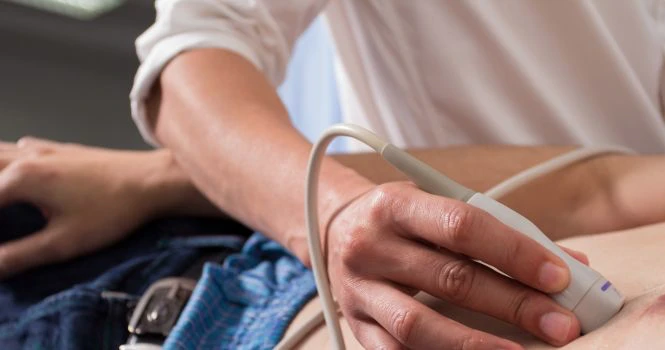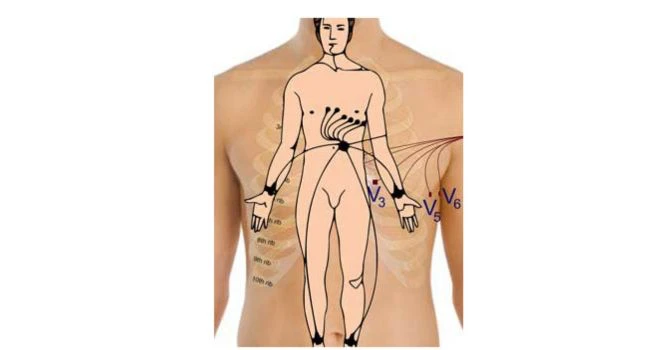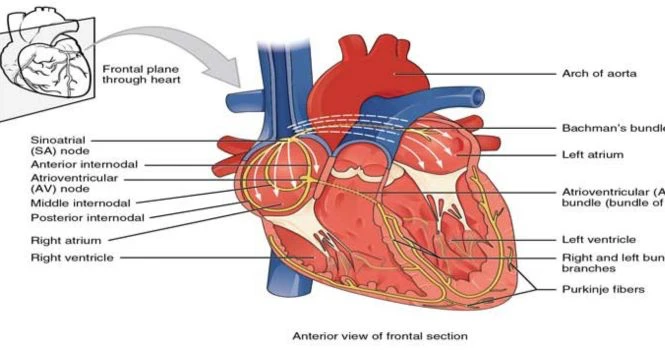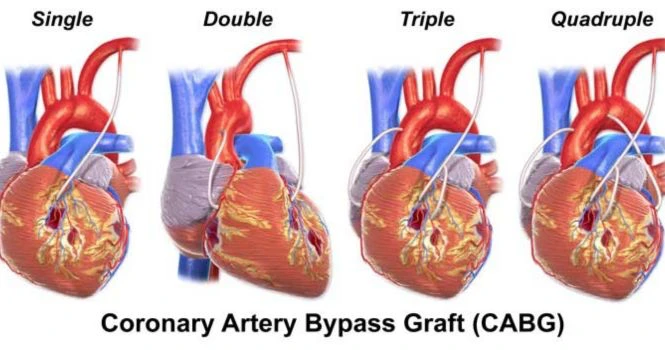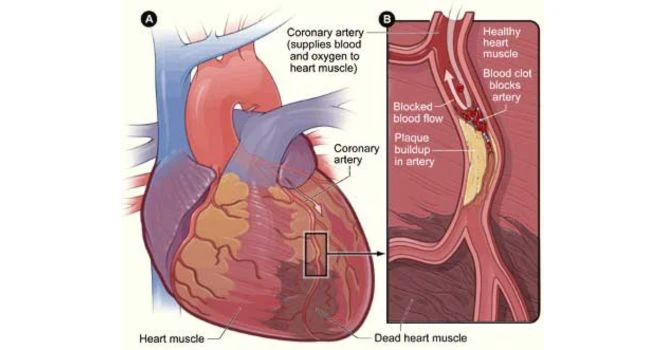Learning about helping others when he/she is unable to help himself is an important life skill to learn.
CPR is Cardio-Pulmonary Resuscitation and every individual must learn this important life saving skill.
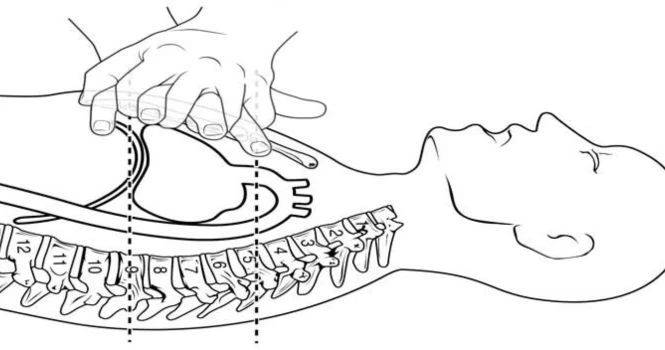
What is CPR ?
CPR (Cardio-Pulmonary Resuscitation) is an act of pushing hard and fast on the chest and giving breaths. It is given to someone whose heart has stopped pumping blood.
Why should we learn CPR ?
Heart attack, drowning, or other problems may cause someone’s heart to stop pumping blood. This is cardiac arrest. If you give a person CPR right away, he is most likely to survive. Since 80% of cardiac arrests happening outside the hospital setting, so greater number of people who know CPR, the better someone’s chances of surviving.
What is High Quality CPR ?
High Quality CPR improves a victim’s chances of survival. The critical characteristics of high-quality CPR include
- Start Chest Compressions within 10 seconds of recognition of cardiac arrest
Push Hard and Push Fast :
- Rate: 100/min
- Depth: adults & children: 2 inches
- Depth: infant : Approximately 1 ½ inches
- Allow complete chest recoil after each compression
- Minimize interruptions in compressions (<10 seconds)
- Give effective breaths that make chest rise
- Avoid excessive ventilation
What is the sequence of BLS ?
The sequence is C→A→B
C : Chest Compressions
A : Airway
B : Breathing
Definitions and Key Facts:
Someone who “responds” moves, speaks, blinks, or otherwise reacts to you when you tap him and ask if he is OK. Someone who doesn’t “respond” does nothing when you tap him and ask if he’s OK
When you push on the chest, you pump blood to the brain and heart.
People often don’t push hard enough because they are afraid of hurting the victim. An injury is unlikely, but it is better than death. It’s better to push too hard then not hard enough. Occasionally, students worry they’ll make an injury worse, if they give an injured person CPR. They won’t. If a person’s heart has stopped, he won’t survive. Your actions can only help.
Conventional CPR also involves giving breaths. But if someone’s require CPR you can do a lot of good by pushing hard and pushing fast.
Adult: Adults include adolescents ( ie , after onset of puberty) . Signs of puberty include chest or underarm hair in males and any breast development in females.
Children: from age 1 to puberty .
Infants: Term infant means, new born child to end of 1 year of age (12 months)
